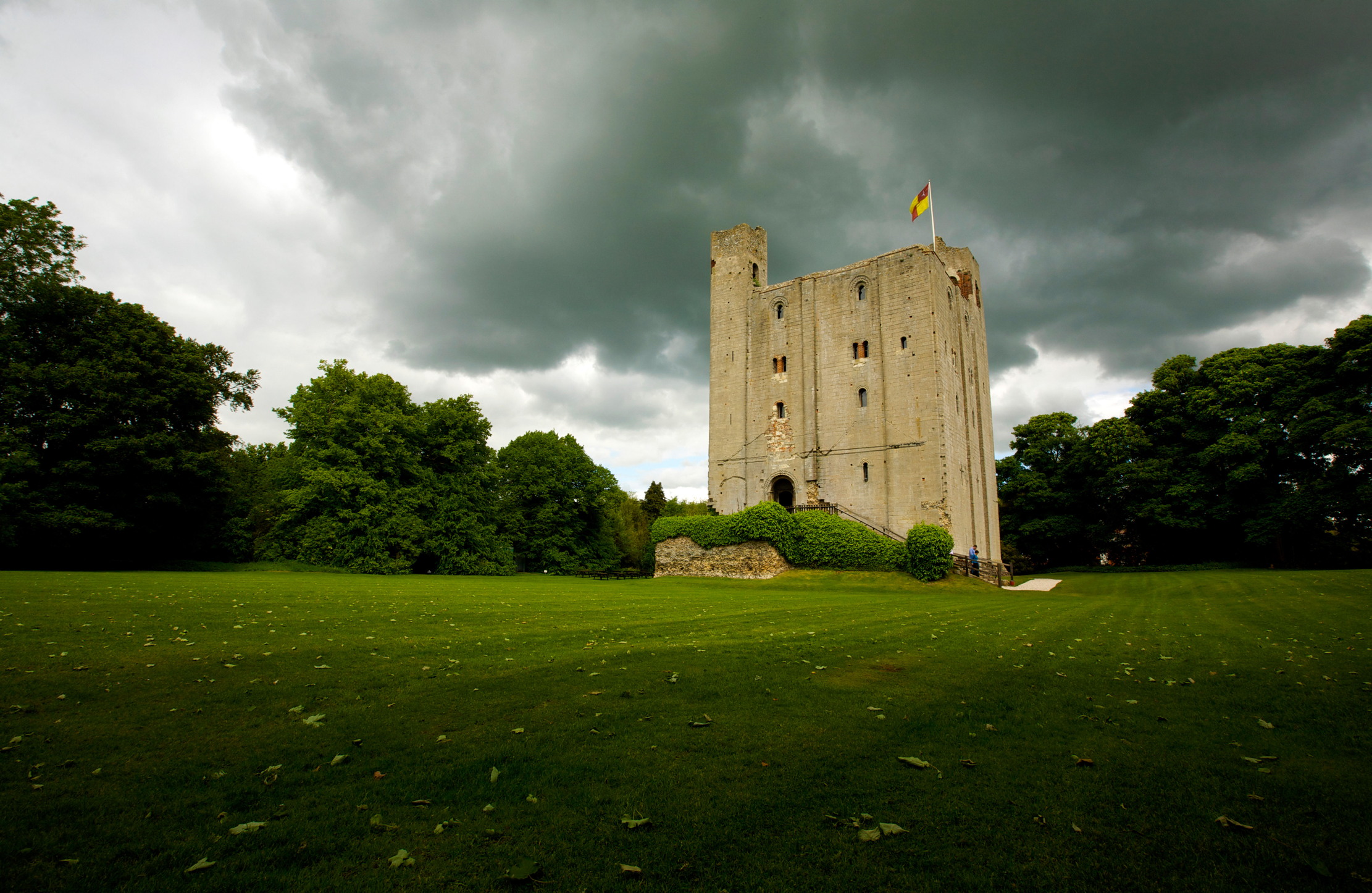'I don't understand why we have gone backwards': Historic country houses take stock after the budget
50 years on from the landmark exhibition at the V&A, the country house is once again facing huge pressures. Lucy Denton speaks to owners and organisations about what the future might hold.


‘The mood feels the same as it did 50 years ago’, says Norman Hudson OBE, chairman of the Historic Houses Foundation, reflecting on the aftermath of the Autumn Budget, and making comparisons with the harrowing 1974 V&A exhibition on the Destruction of the Country House. ‘We have almost the same problems now. The supporting assets of country houses are being sliced away.’ Mr Hudson, an authority on the management and tourism potential of stately homes, is alarmed, like many others, by the announcements made by Chancellor Rachel Reeves, and the impacts on the financial viability of privately-owned estates. Many rely on income from enterprises built up over decades, or on long-standing agricultural endeavours to survive. But changes to the way Inheritance Tax is implemented from April 2026 with a combined cap of £1 million for both Business Property Relief (BPR) and Agricultural Property Relief (APR) and a 20% rate above that could prove perilous for more than a few.
The Inheritance Tax changes ‘mark a significant shift for country house owners with agricultural land, particularly those whose tax planning has relied on the availability of APR and BPR without a cap’, warns Nicholas Watson of the land management team at Strutt and Parker, suggesting ‘proactive succession and estate planning should help to mitigate the liability – but farms and estates have traditionally been low-yielding asset classes.’ While larger estates might be better able to withstand a monetary hit, those of middling status are more vulnerable, especially where diversification means reliance on paper thin margins, and where there is less to fall back on.
At Grade I Listed Hedingham Castle in Essex, one of the most important surviving Norman structures in England, 25,000 visitors and 70 weddings a year hosted by custodian Jason Lindsay don’t just fund a substantial repair bill, but contribute to the local economy, boost employment opportunities and help to support the community. Most of the land at Hedingham was sold off in the 20th century, which meant his parents had to be inventive with the dwindled property that was left. ‘Estates have often developed diversified businesses where traditional farming income no longer exists, and we have all kinds of events here, including classes for local schools’, says Mr Lindsay, who anticipates that due to APR and BPR changes there will now almost certainly be more country house sales in the future, ‘but new, private buyers might not wish to open their houses for tourism.’
A spokesperson for H.M. Treasury says, ‘with our public services crumbling, a £22bn fiscal black hole and 47% of these reliefs going to the wealthiest 7% of estates, we had to make difficult choices to fix the foundations of the country and restore economic stability needed for businesses to thrive’. But the vital cultural, social and commercial roles of country house estates seem to have been critically misjudged by the Treasury, and the balancing act of funding heritage conservation, providing public access and private living unacknowledged. The drip-drip effects of the Budget won’t be immediately apparent, but could trigger a pruning of assets in order to stay afloat – or outright disposal of buildings, land and artworks, as well as curtailing of critical investment, events and access.

‘It shows there is a lack of government understanding about how rural economies work’, points out Ben Cowell, director general of Historic Houses, ‘and it is deeply damaging to growth. This is a changing of the goal posts, and might lead to reluctance of successors to inherited estates to take them on.’ All is not well, anyway: while many estates are currently blooming, some cite a fragile post-Covid recovery, also warning that increasing the minimum wage, and changes to National Insurance contributions will also impact resilience. ‘Employment in rural areas is one of the fundamental roles of the country house, and in many places they are the lifeblood of the local community for the long term’, observes Orlando Rock, joint custodian of the spectacular Elizabethan Burghley House near Stamford, ‘so the changes to both the minimum wage and National Insurance liabilities are a killer, as they have a disproportionate effect on the bottom line. Inevitably this will mean that investment is reduced, estates won’t hire anymore, and the completely deserved pay rises for staff are under severe pressure’.
This all has wider consequences for allied sectors, and not only tourism, but the broader construction industry: ‘some country house estate owners have continued with projects without change, particularly those that require more significant refurbishment of their buildings. But it is clear that many estate owners have had to re-evaluate their assets since the budget’, points out Stefan Pitman, founder of SPASE architects and surveyors. Others are more upbeat, but cite separate issues which are stifling progress: ‘I feel the projected traumas of the budget may, in the end, be over-hyped’, says Ben Pentreath, architectural designer, ‘as will be the government’s vaunting of the so-called new political stability in promoting real economic growth. If government reforms can help to unblock the planning system, that would be one silver lining on our horizon. As any architect, owner, or developer with direct experience of planning will know all too well, the system in many authorities is completely broken’.
The Treasury is at pains to point out that depending on individual circumstances, up to £3 million can be passed on free of inheritance tax, and that anything beyond that will be taxed at 20%, rather than the usual 40% normal rate of inheritance tax – and which can be paid in instalments over 10 years. Yet even with this option ‘many will struggle to meet repayments without sufficient income or liquid assets. For some, raising capital through the sale of land or other assets may be unavoidable, potentially undermining long-term profitability and operational viability’ adds Nicholas Watson at Strutt and Parker. While there is more money around now than post-war, and circumstances aren’t quite the same, the collective spectre of mansions razed in the mid-20th century looms large. ‘I don’t understand why we have gone backwards when previous Labour governments understood the wider reaching benefits of the privately owned country house estate’, adds Mr Lindsay. The past comes back to haunt us.
Sign up for the Country Life Newsletter
Exquisite houses, the beauty of Nature, and how to get the most from your life, straight to your inbox.
Lucy Denton is a writer and architectural historian. She has worked for Adam Architecture, Sotheby’s, the BBC, The Times and regularly writes for Country Life.

Credit: Knight Frank
Want to live like the Grinch? You'll need £125,000 and a new roof
We love Christmas films. We also love property. We've found four houses that will let you live out your yuletide

Spectacular Scottish castles and estates for sale
A look at the finest castles, country houses and estates for sale in Scotland today.
Lucy Denton is a writer and architectural historian. She has worked for Adam Architecture, Sotheby’s and ArtUK, and has written for Hudson’s Historic Houses and The Times. She writes regularly for Country Life.
-
 'To exist in this world relies on the hands of others': Roger Powell and modern British bookbinding
'To exist in this world relies on the hands of others': Roger Powell and modern British bookbindingAn exhibition on the legendary bookbinder Roger Powell reveals not only his great skill, but serves to reconnect us with the joy, power and importance of real craftsmanship.
By Hussein Kesvani Published
-
 Spam: The tinned meaty treat that brought a taste of the ‘hot-dog life of Hollywood’ to war-weary Britain
Spam: The tinned meaty treat that brought a taste of the ‘hot-dog life of Hollywood’ to war-weary BritainCourtesy of our ‘special relationship’ with the US, Spam was a culinary phenomenon, says Mary Greene. So much so that in 1944, London’s Simpson’s, renowned for its roast beef, was offering creamed Spam casserole instead.
By Country Life Last updated
